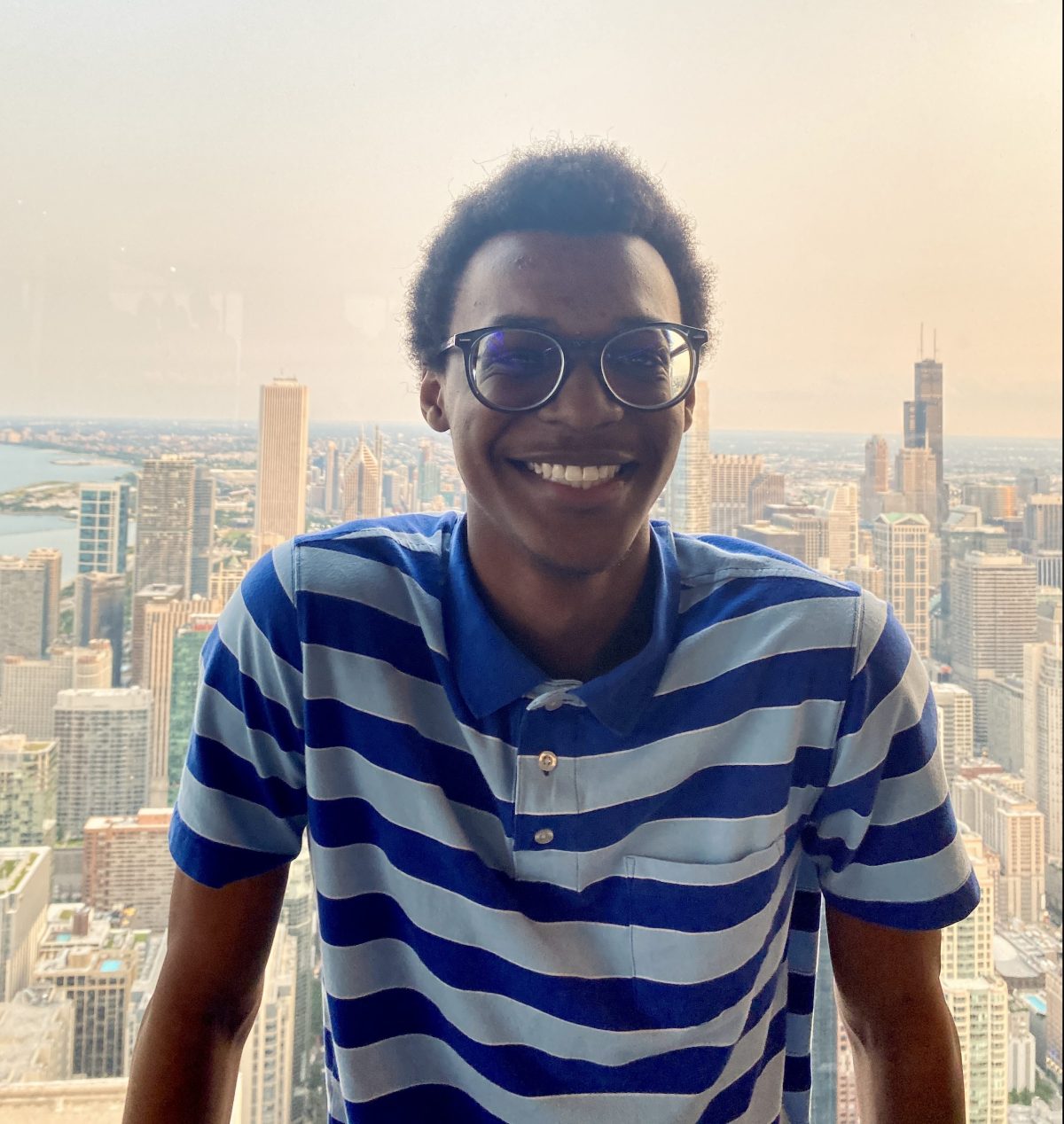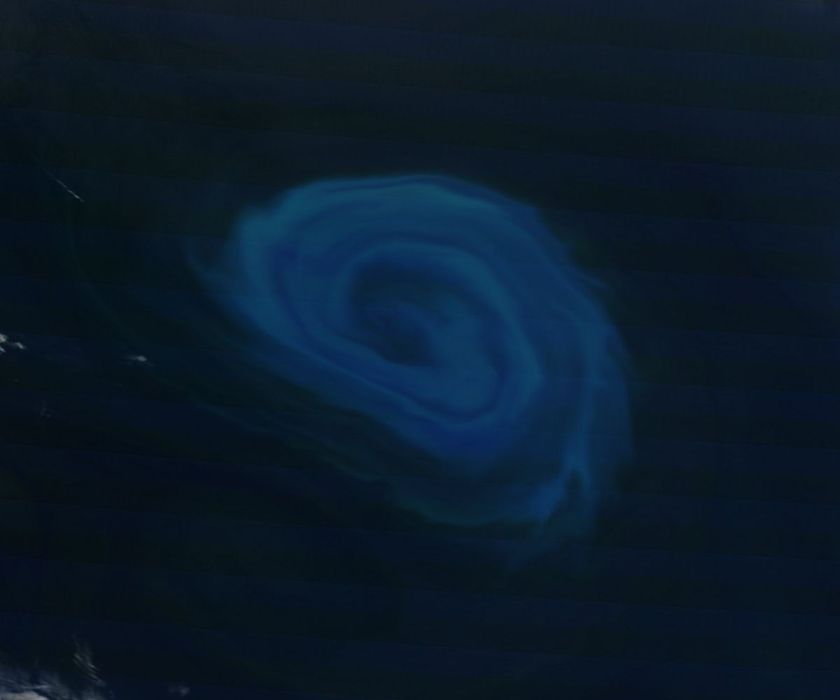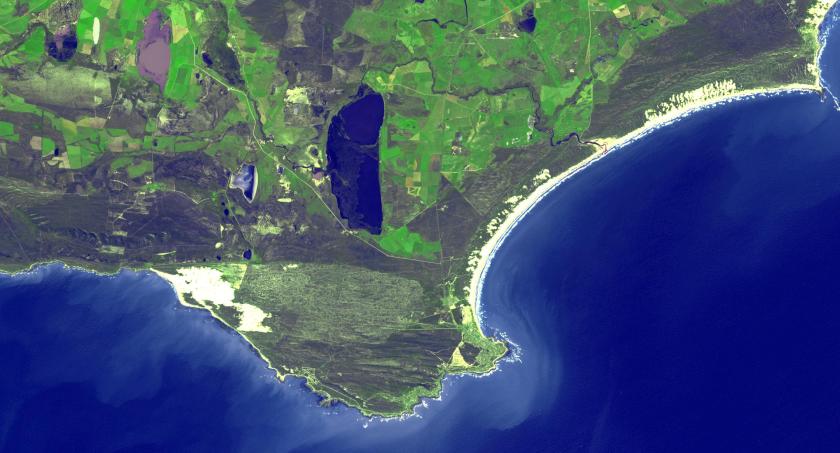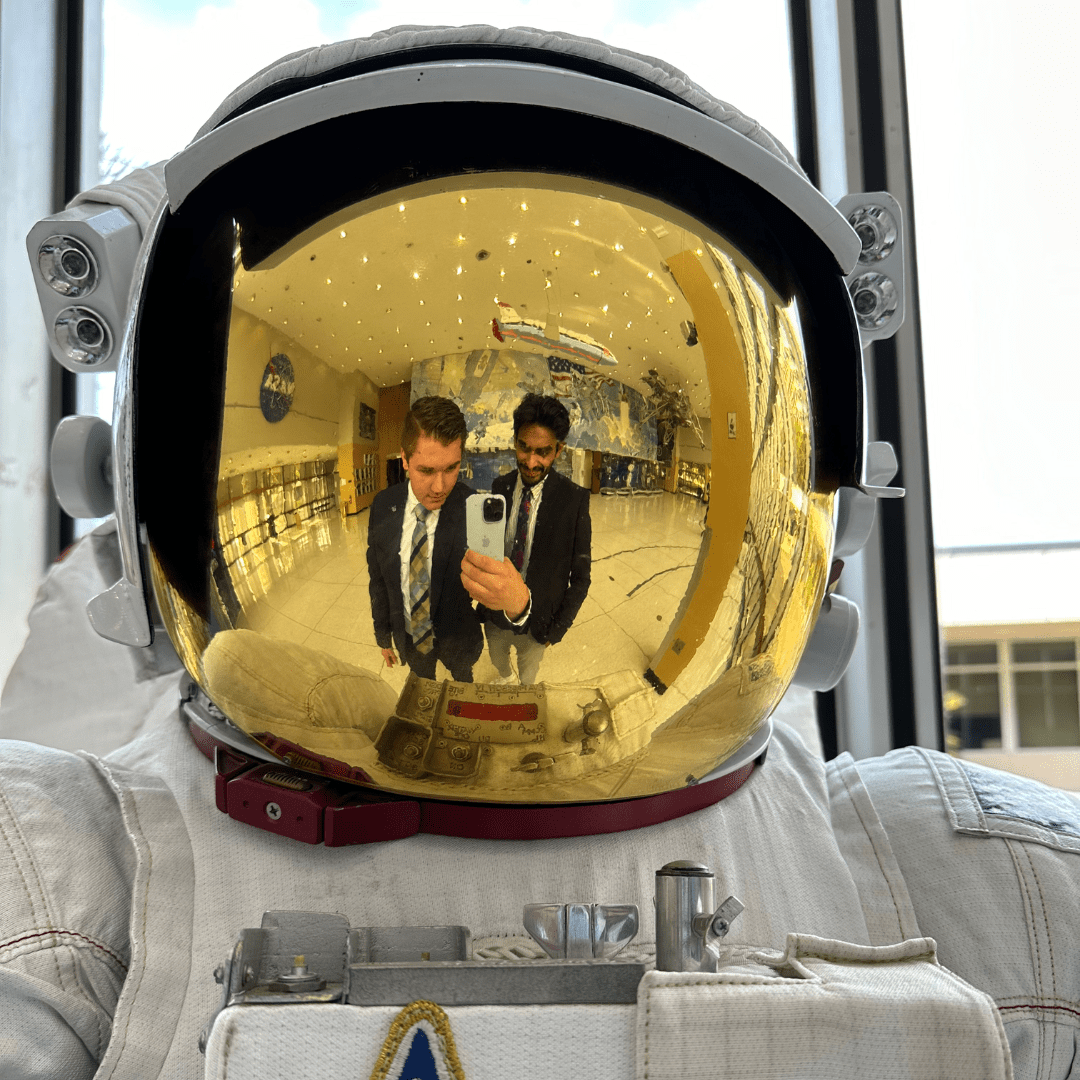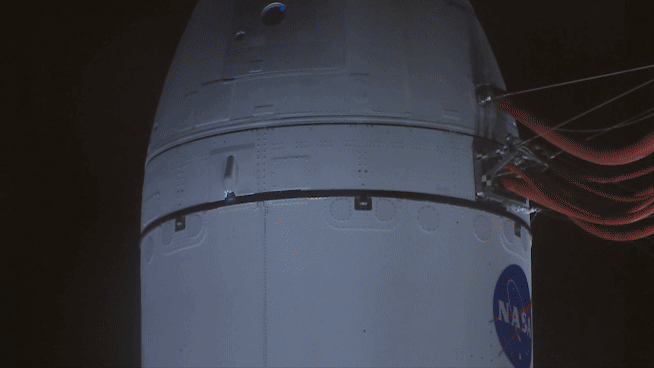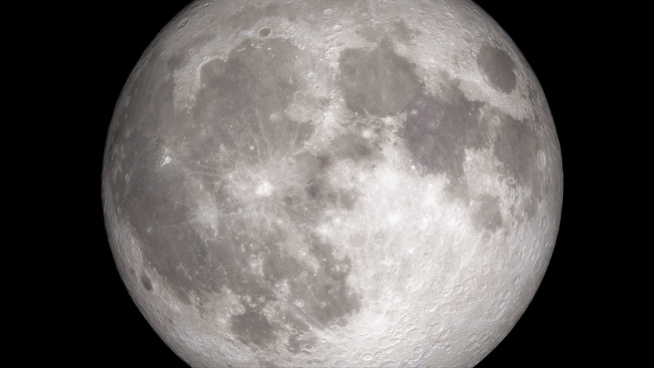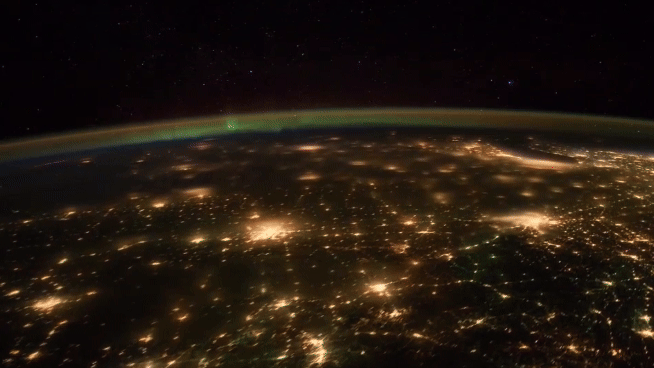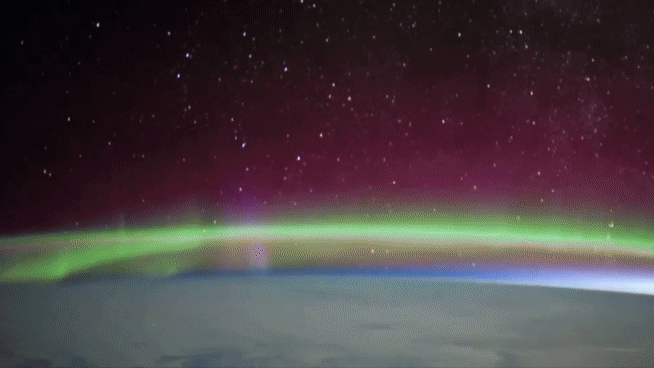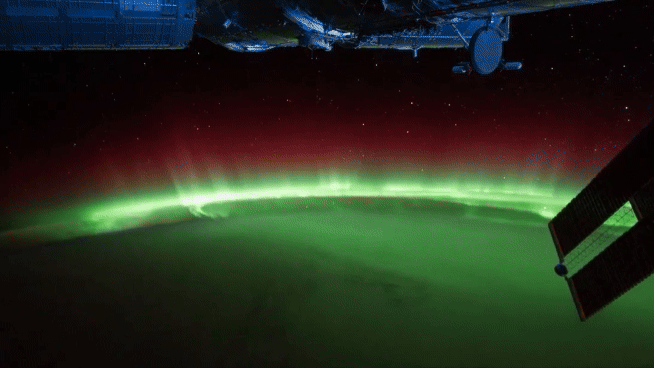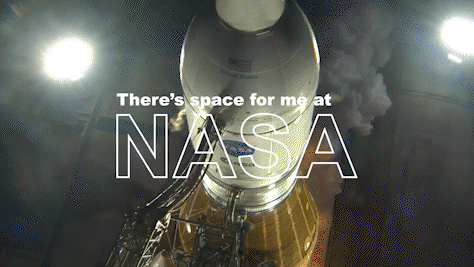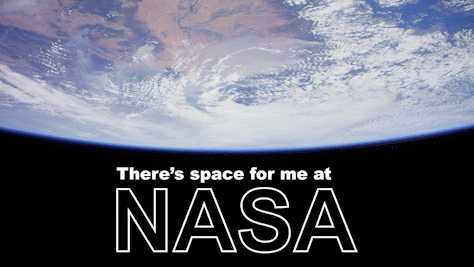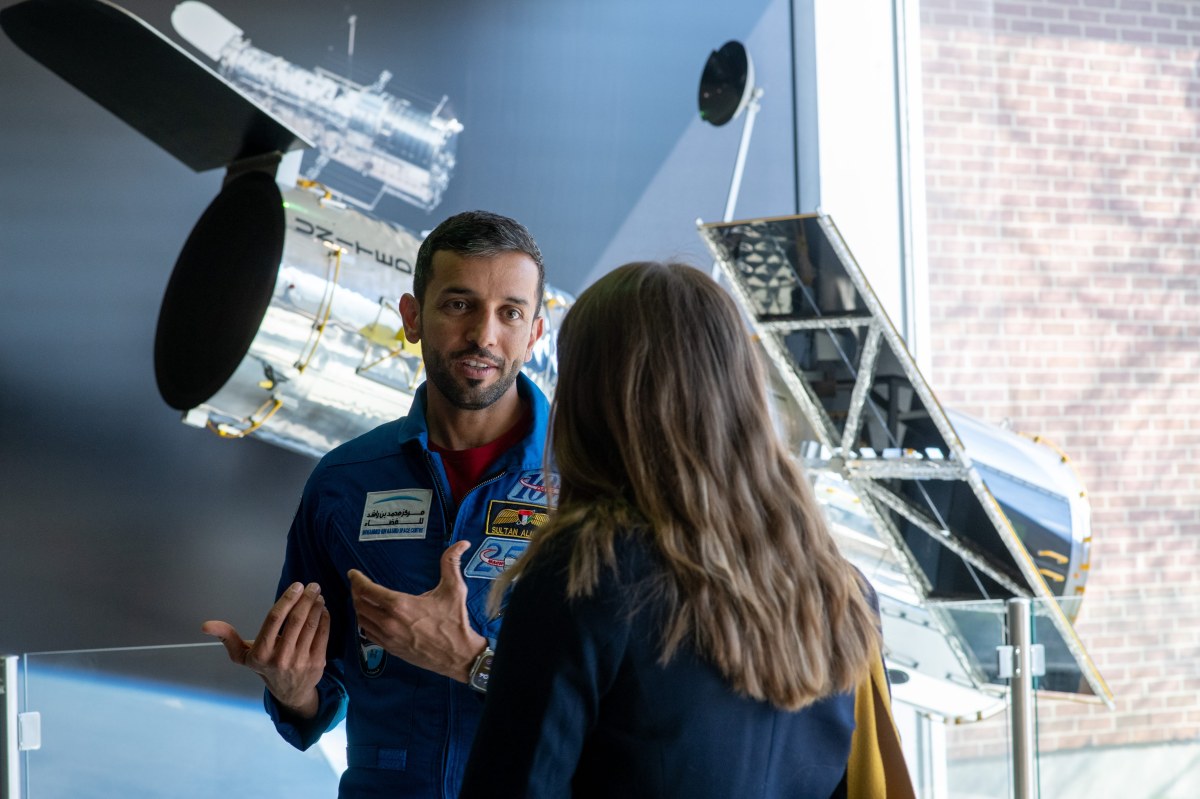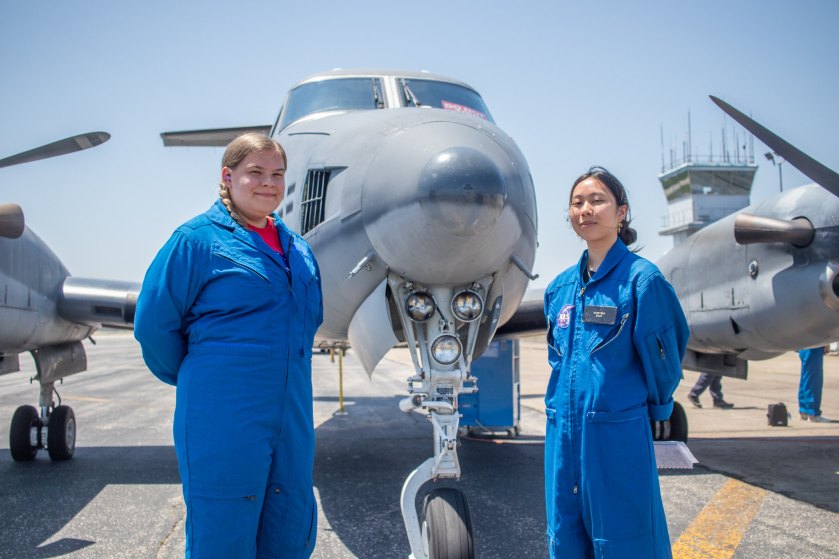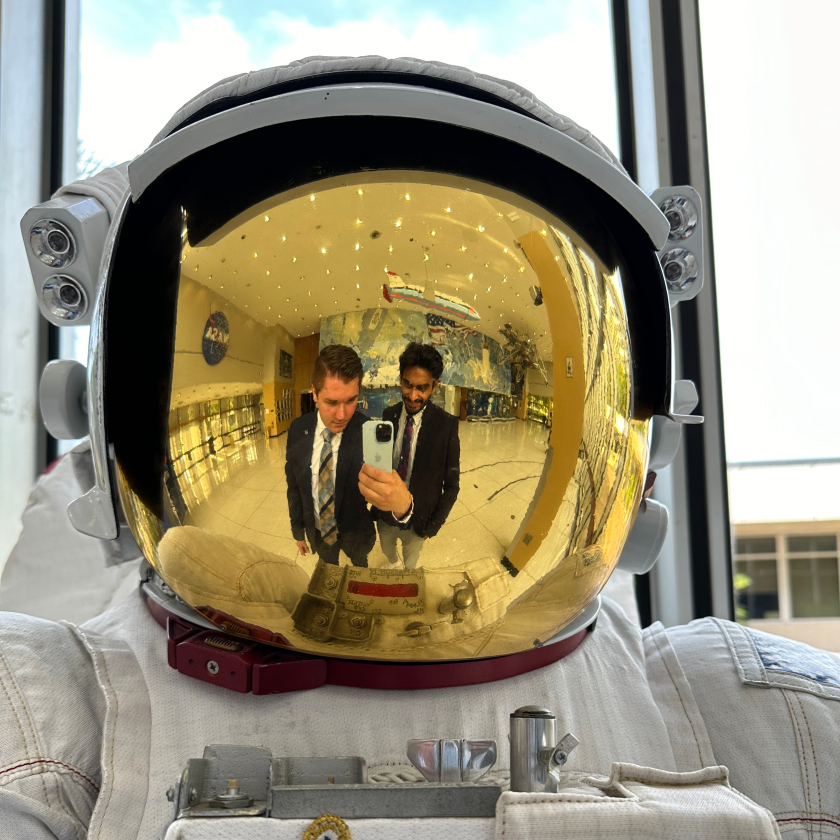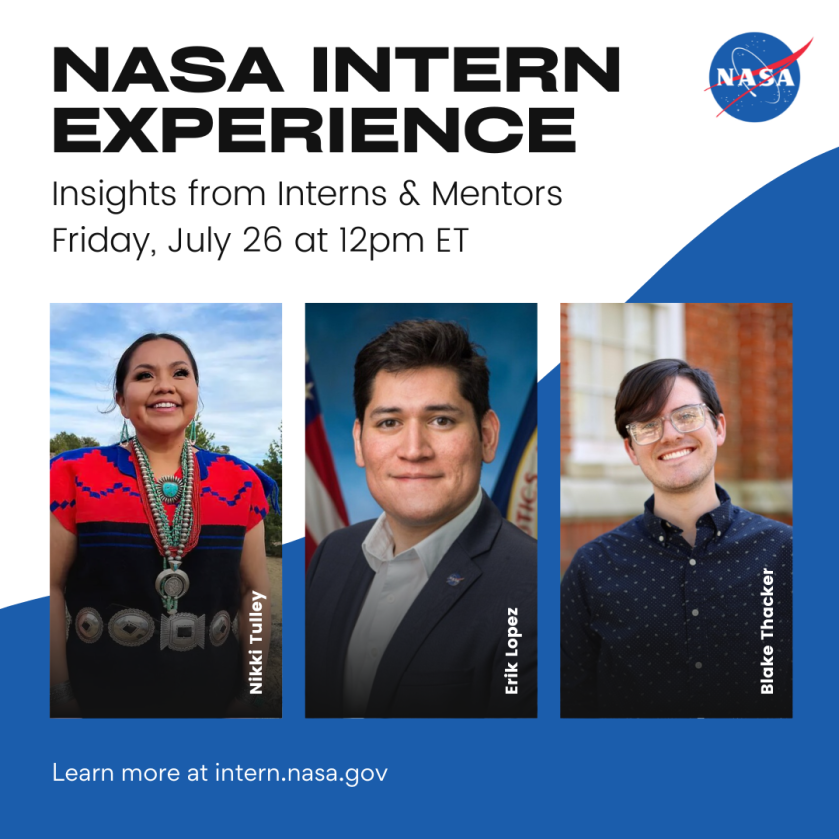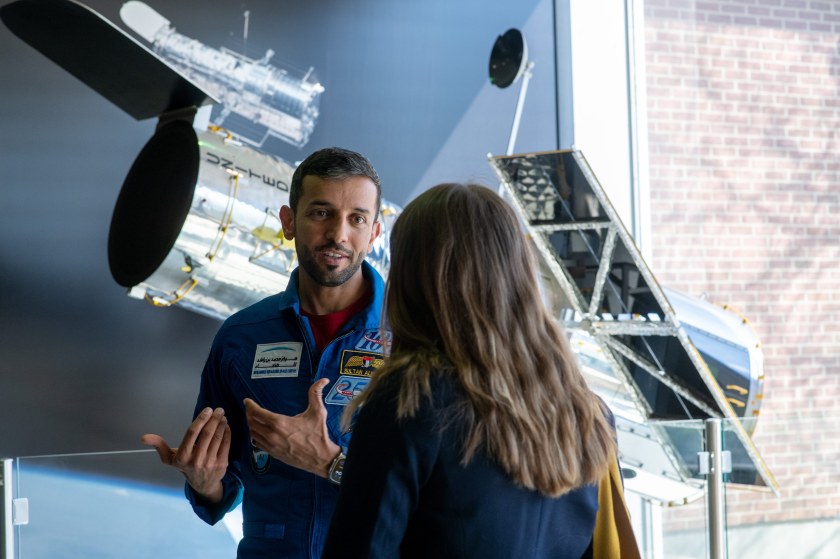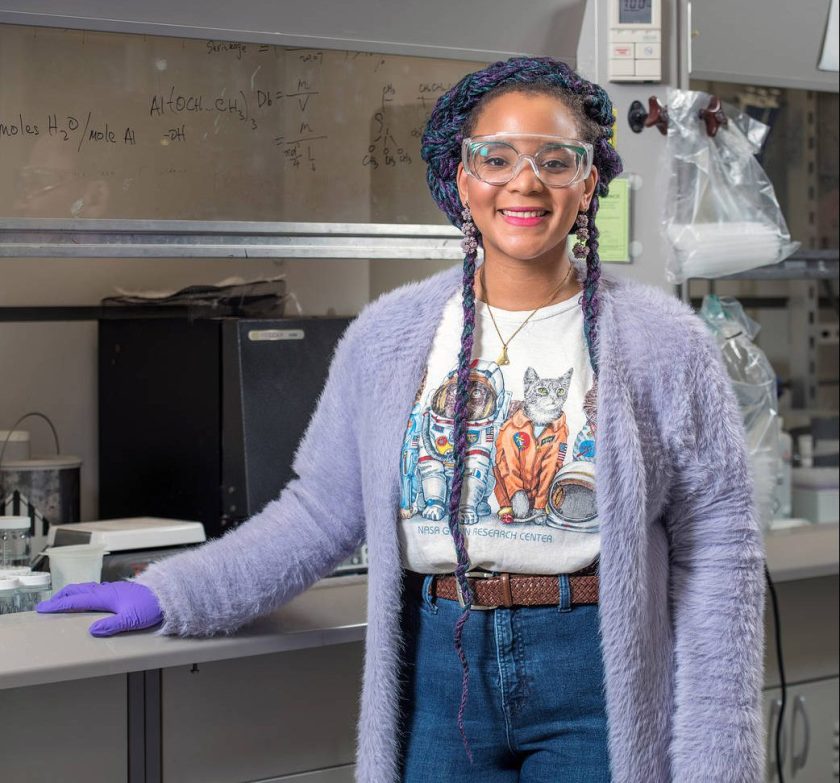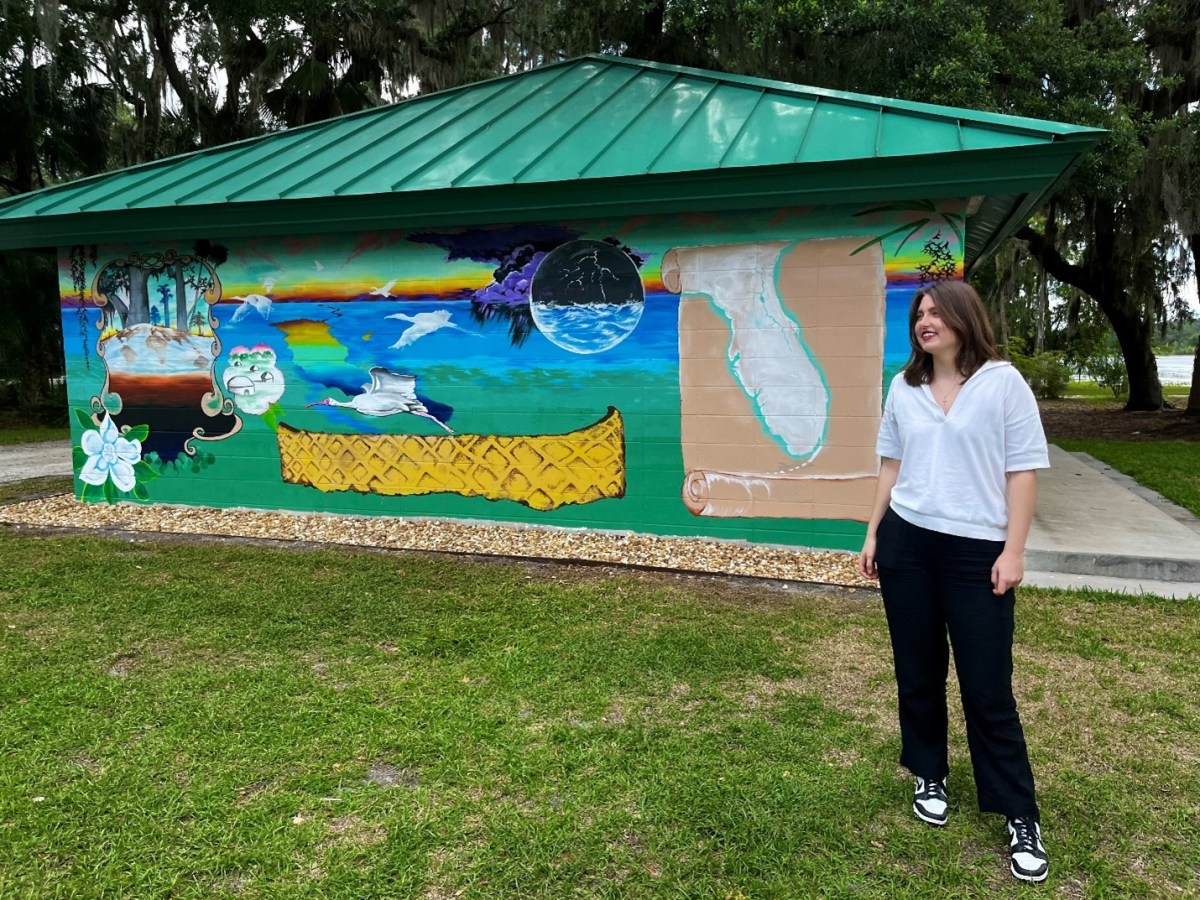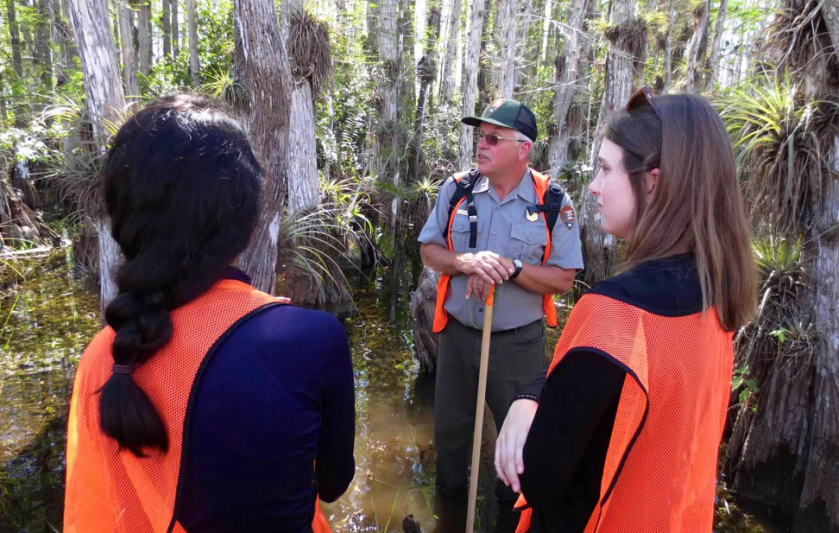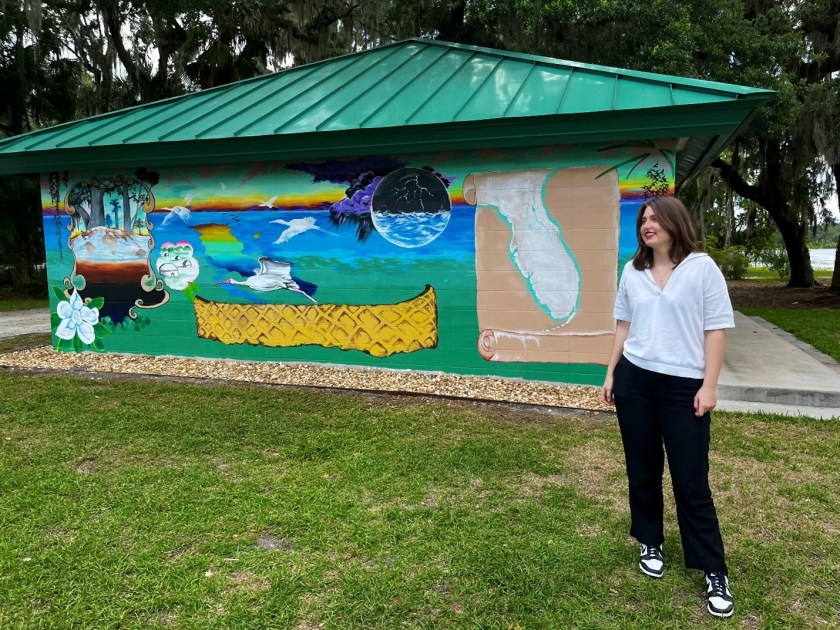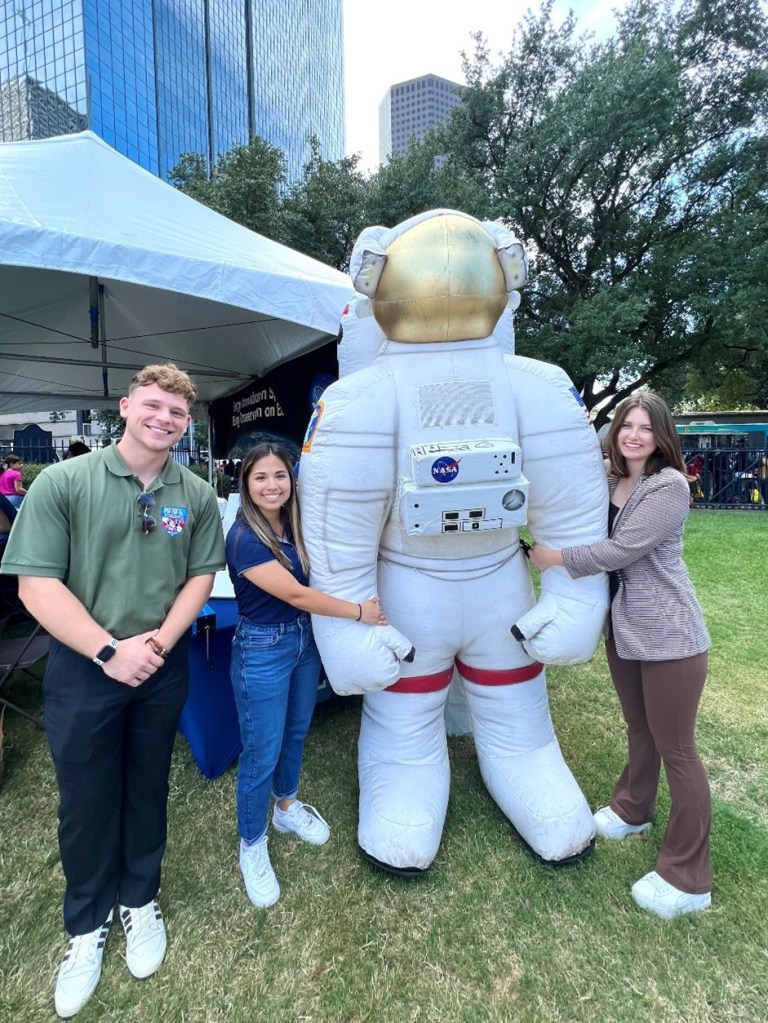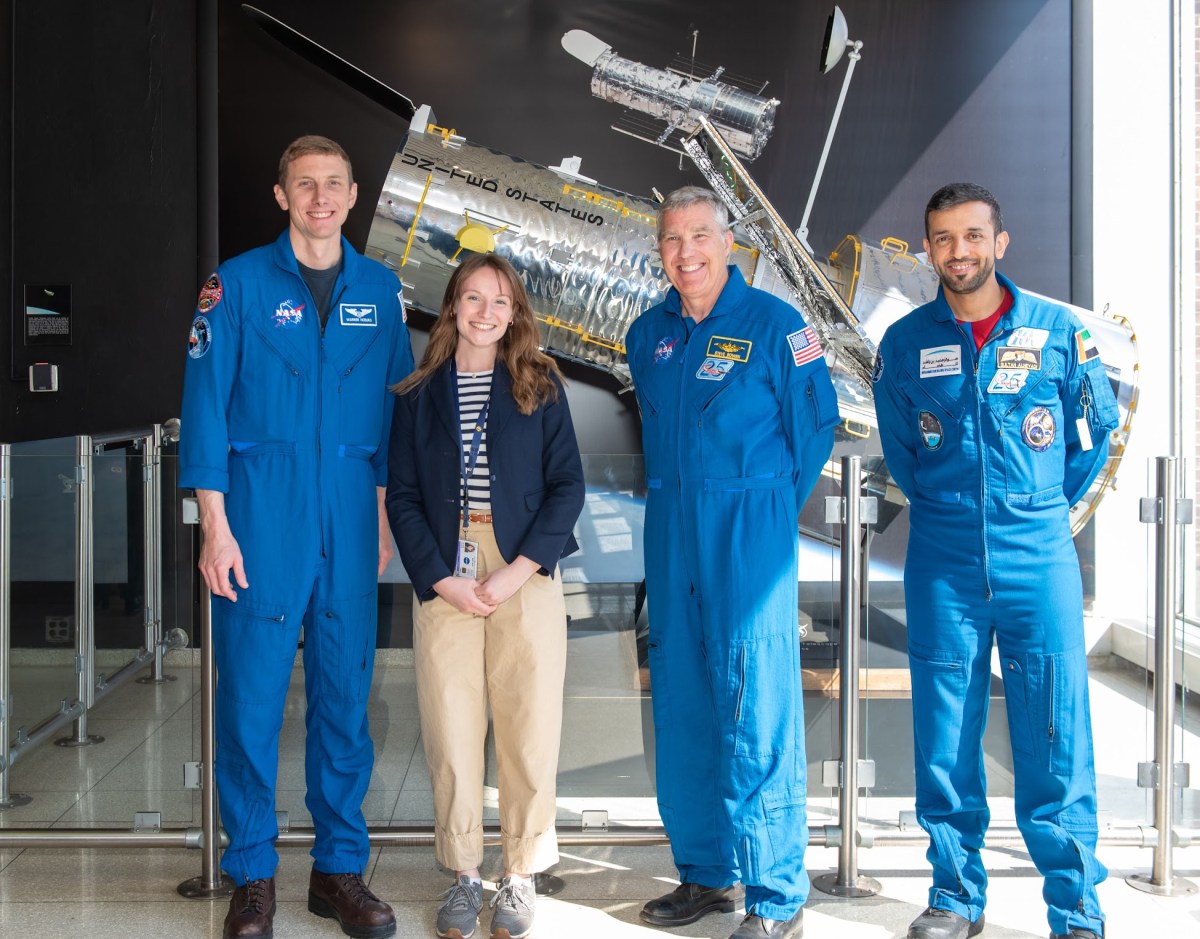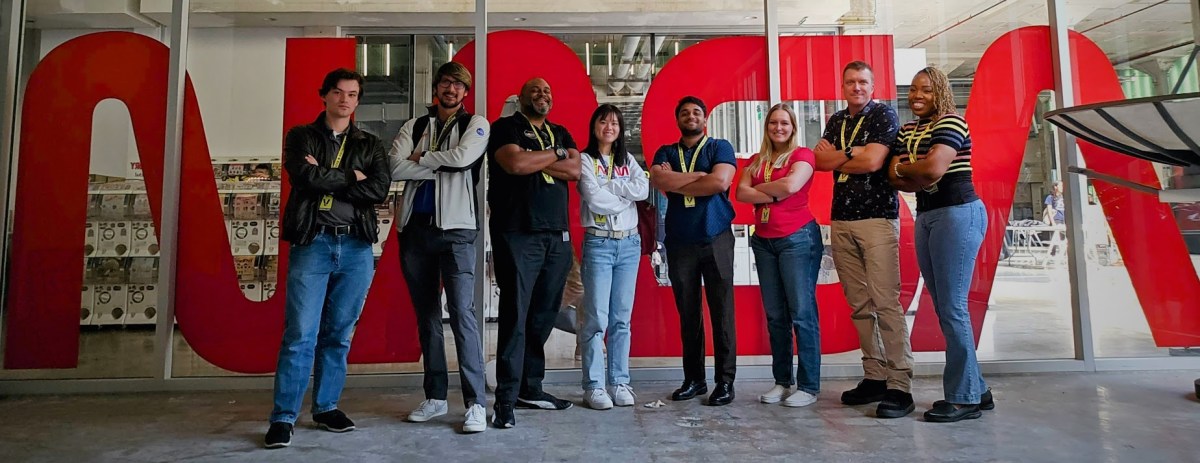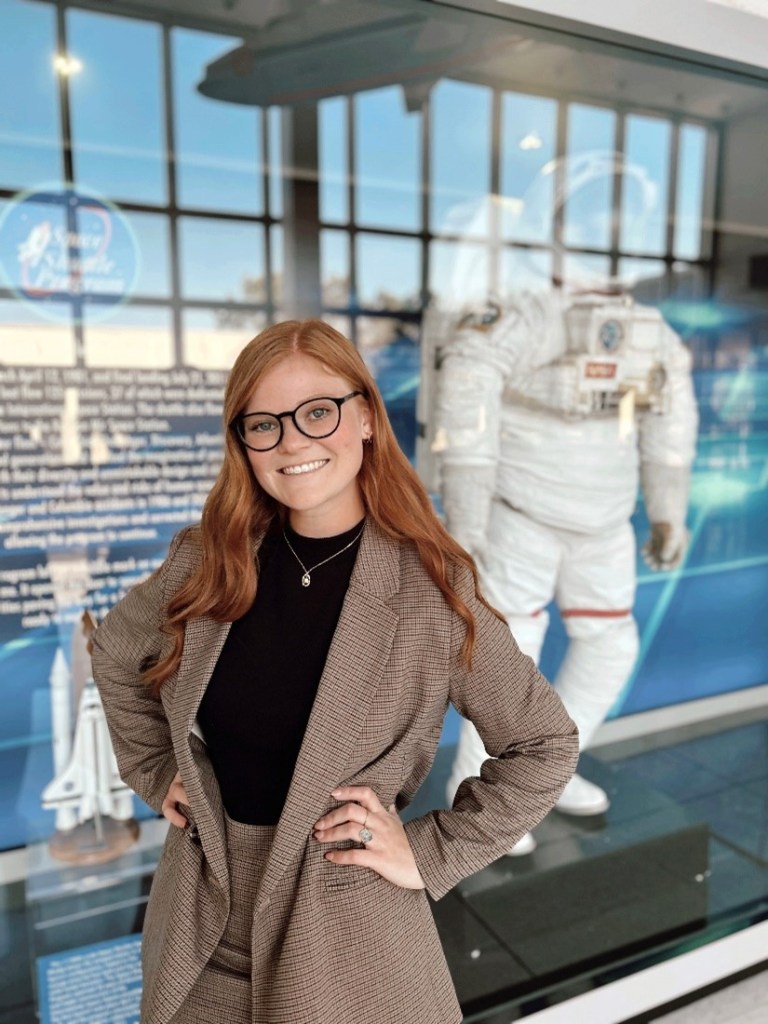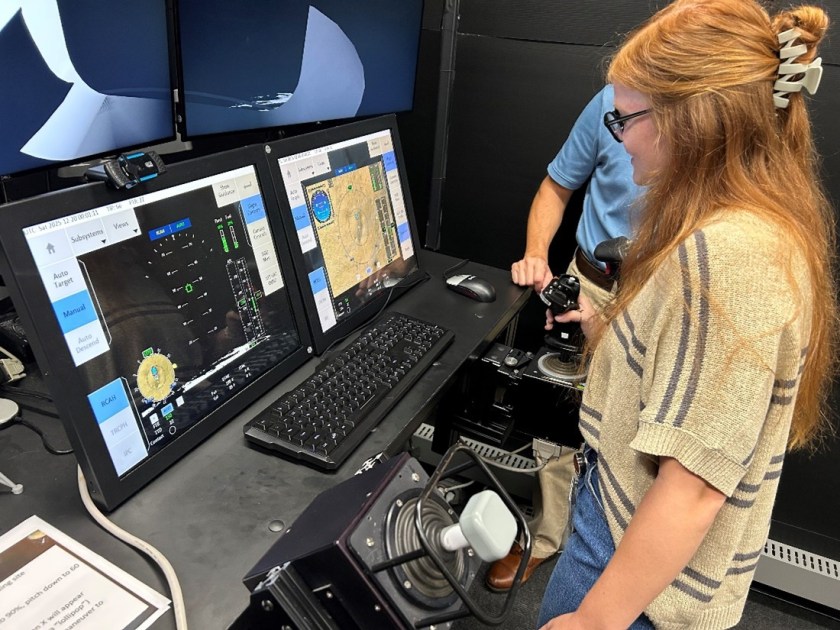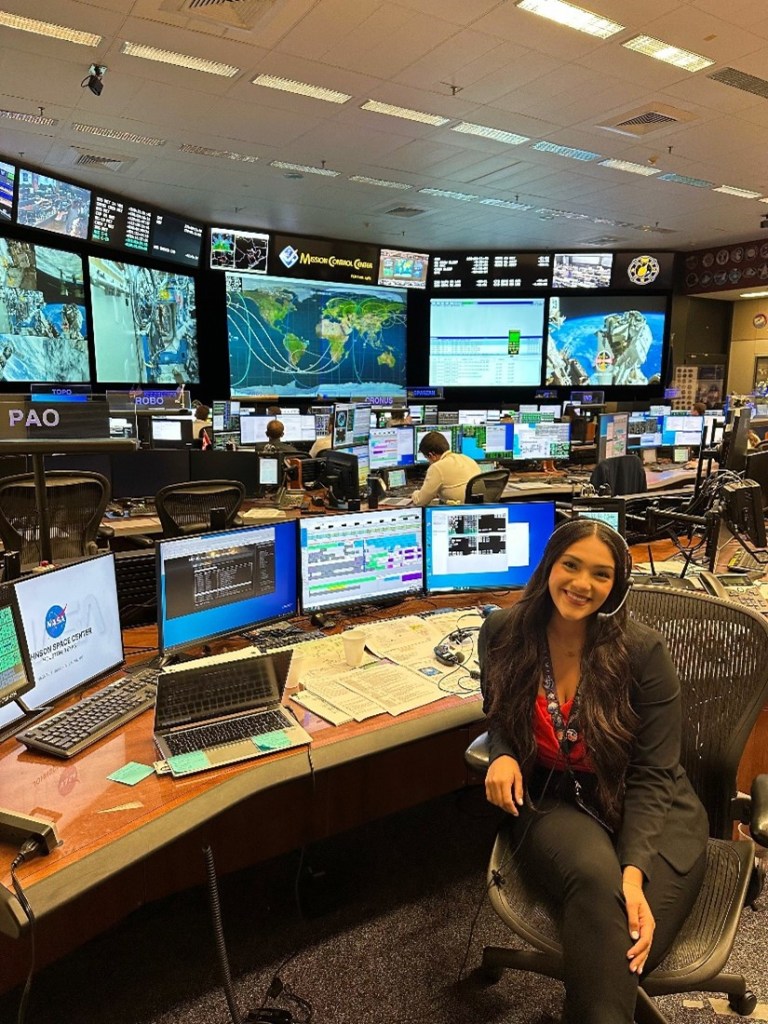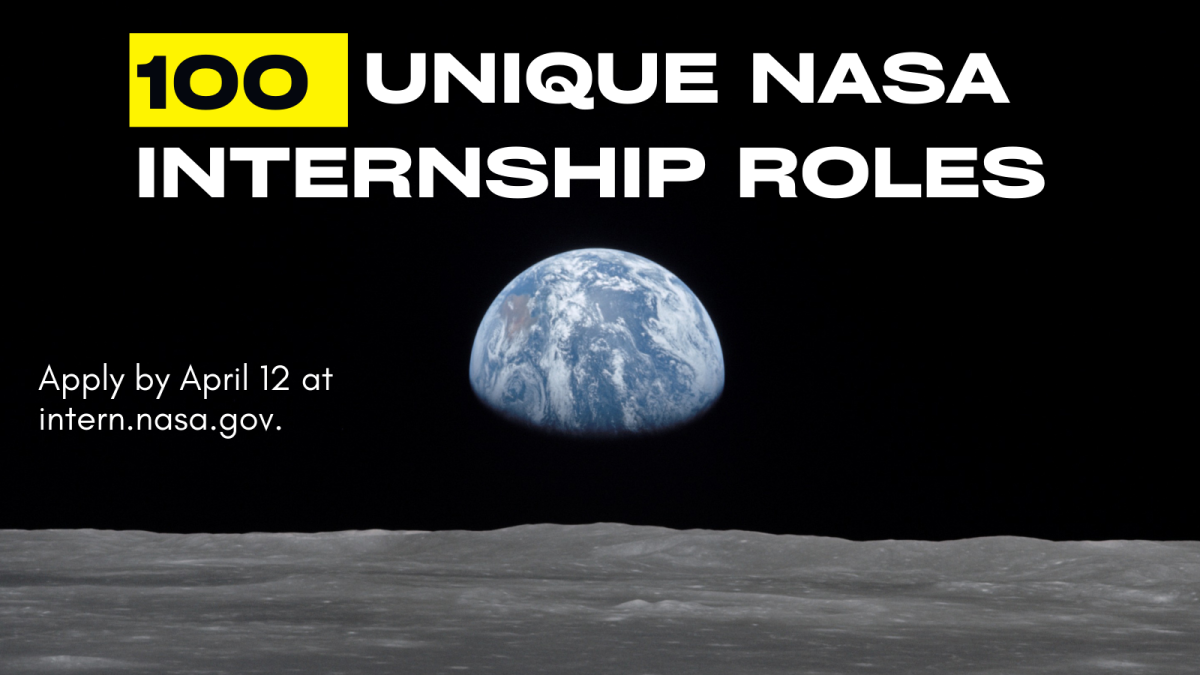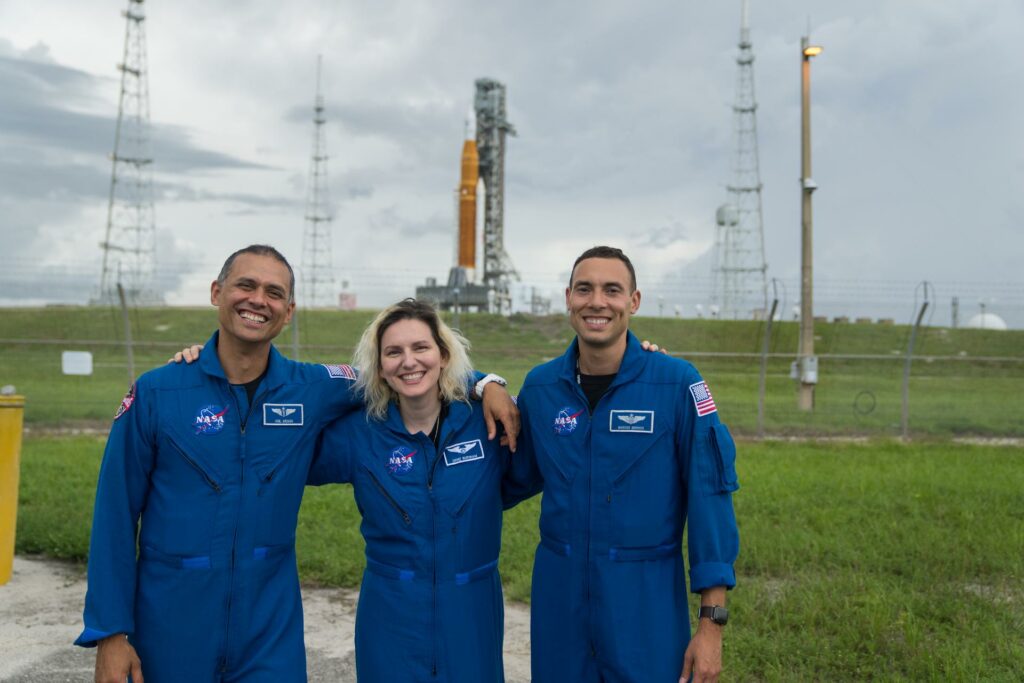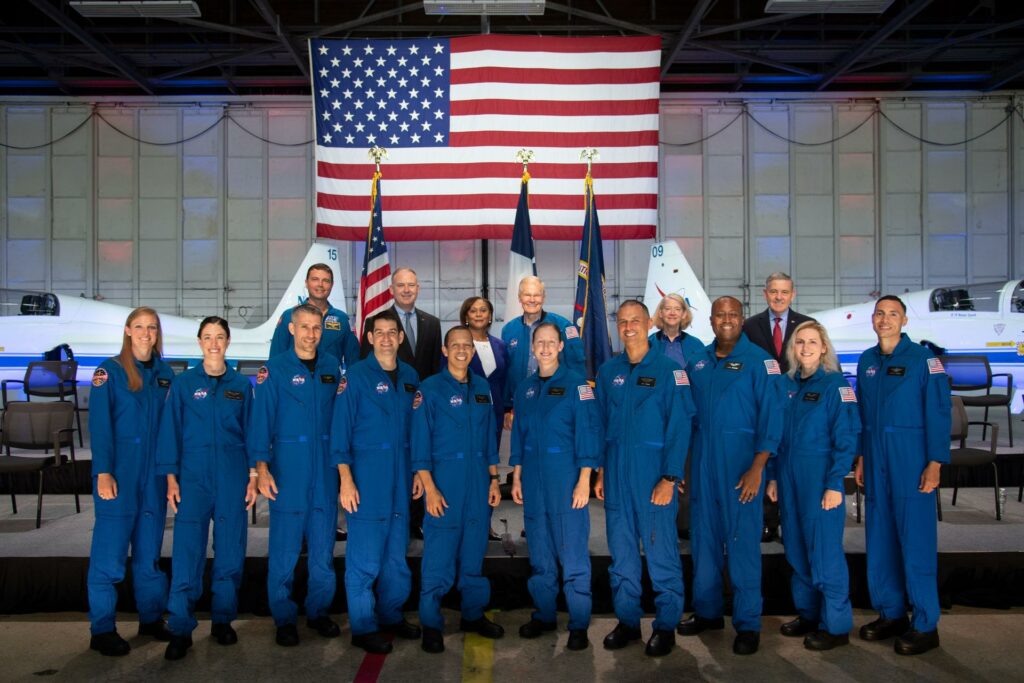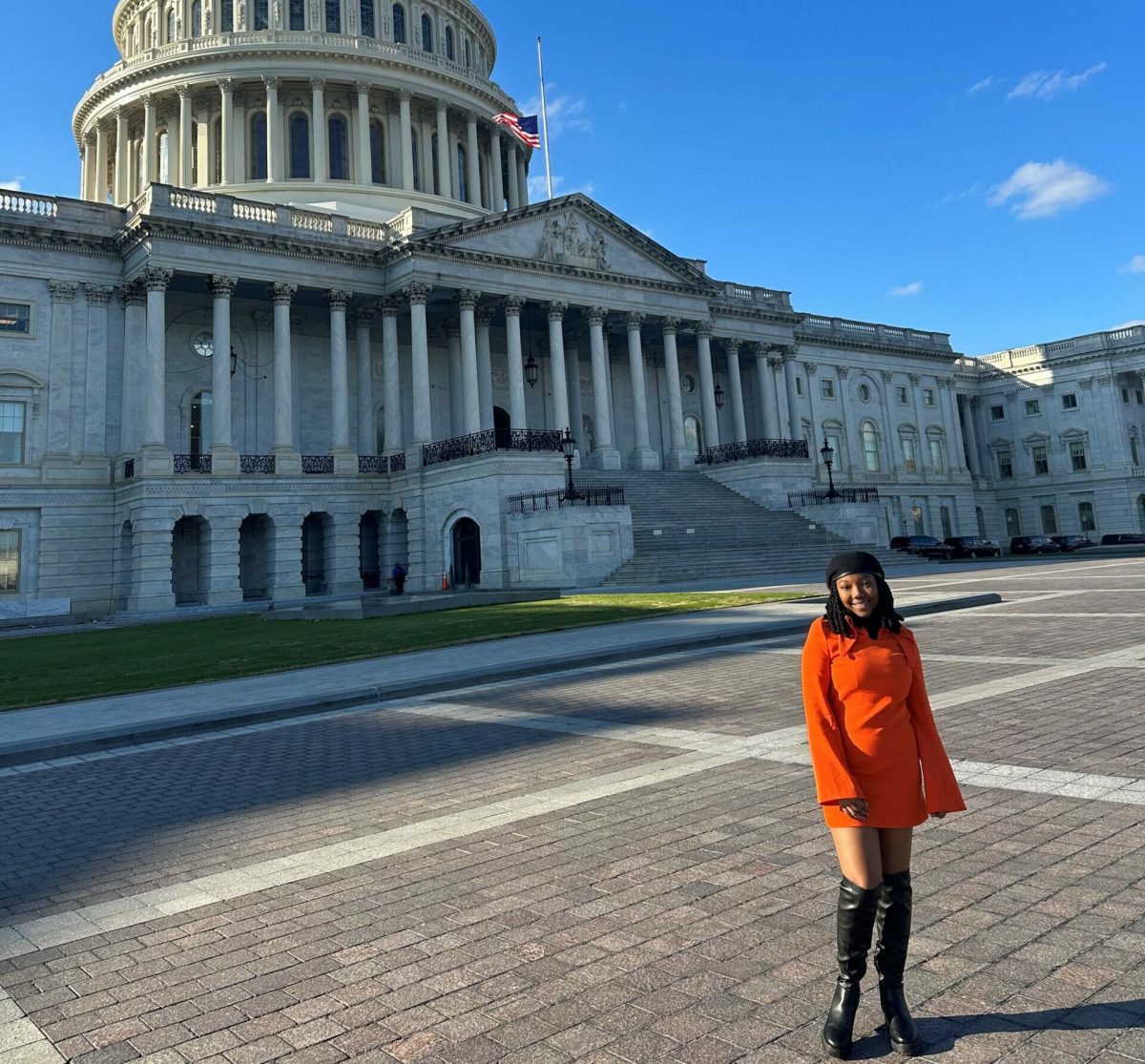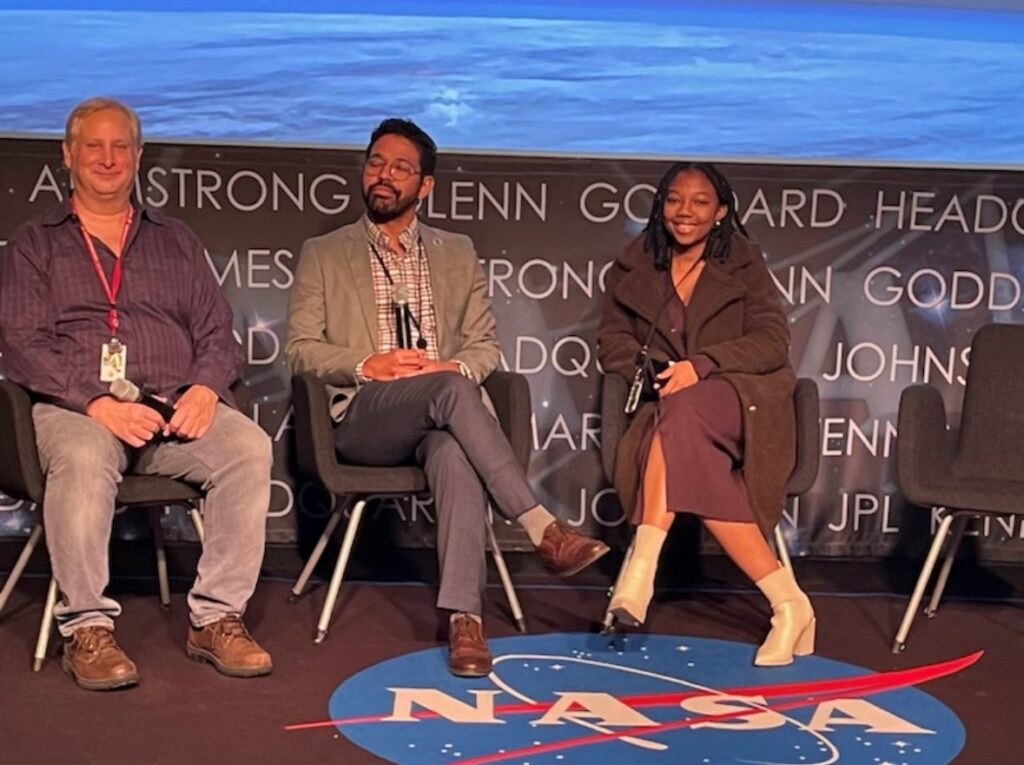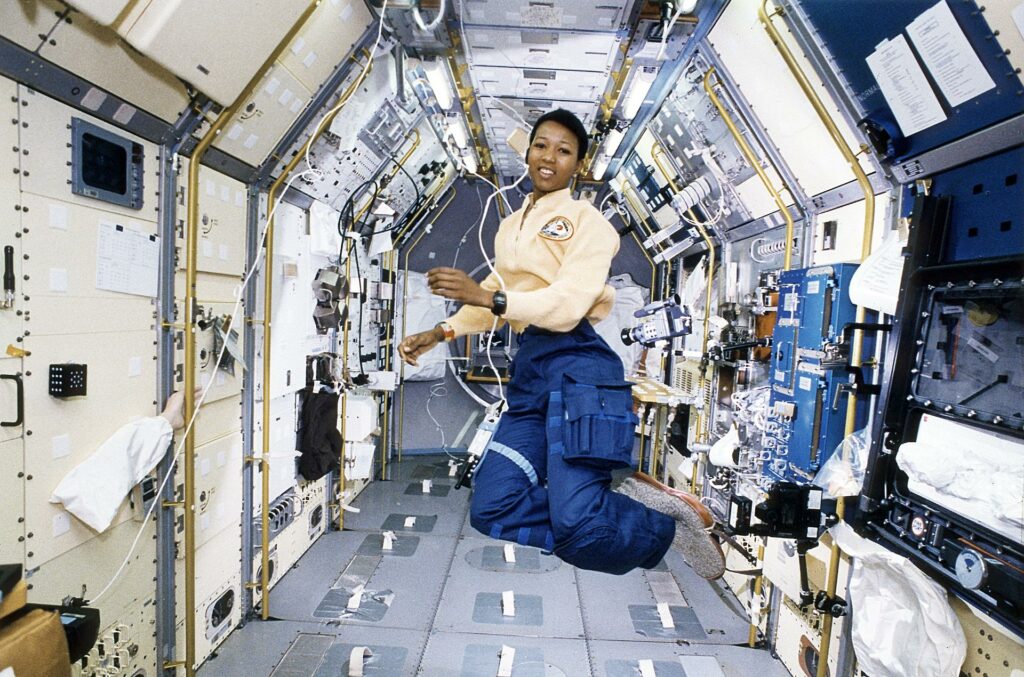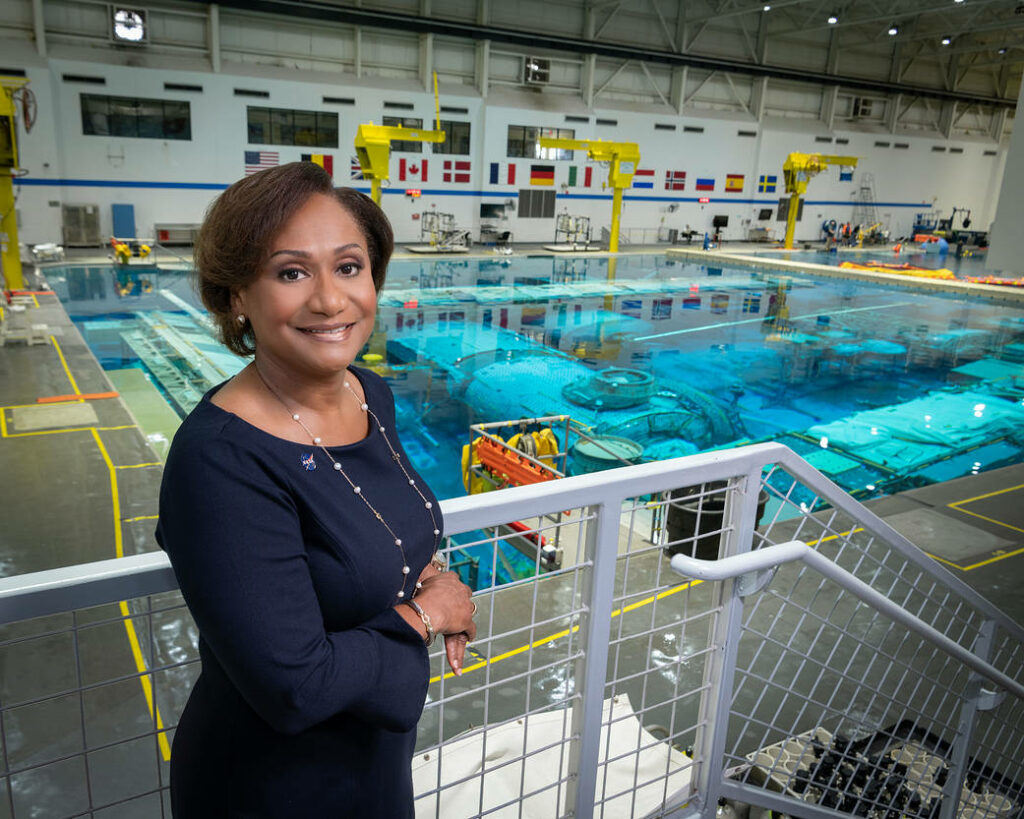Remember: Applications for spring 2025 are due by August 23, 2024, at 11:59 p.m. ET.
Podcast making, space horticulture, or planetary protection—whatever your interest, there is a NASA internship for you this spring.
Want to share your passion for NASA with the world? Our virtual or in-person audio storytelling internship out of NASA’s Goddard Space Flight Center is the perfect fit for you! Got a green-thumb and want to put it to the test? Design methods to grow vegetables in low-gravity with an in-person internship at NASA’s Glenn Research Center. A team at NASA’s Ames Research Center also needs help cleaning NASA-style; we’re seeking an intern to design methods to ensure spacecraft don’t get contaminated with bacteria. Up to the task? Apply to these internships and more at stemgateway.nasa.gov.
With less than a week left to apply for our spring 2025 NASA internships, we’ve assembled this list of 100 don’t-miss opportunities to help launch your career —all of which you can apply to right now.
List of Opportunities:
| Opportunity | ID # | Field |
| 3D Microscope Flight Instrument Maturation and Novel Optical Sensing | 19284 | Aeronautics |
| Flight Mechanics Analysis of Magnetohydrodynamics | 19437 | Aeronautics |
| Electric Aircraft Hardware Design and Testing – In-Person | 19258 | Aeronautics |
| Airfield Project Support-Onsite | 19463 | Aeronautics |
| Design and Analysis of Electric Aircraft | 19234 | Aeronautics |
| Polymer Aerogels for aeronautic and aerospace applications | 19222 | Aeronautics |
| Biological implementation in SAMMS | 19449 | Biology |
| Planetary Protection DNA Isolation Study | 19206 | Biology |
| Onsite – Microbial Assays for Planetary Protection | 19301 | Biology |
| Plant Watering in Low-Gravity (Spring 2025) | 19116 | Biology |
| Onsite: Space microbiology hardware design and testing | 19302 | Biology |
| Remote sensing of marine debris | 19213 | Biology |
| Range and Mission Management Office (RMMO) Business Support Intern | 19459 | Business |
| Organizational Development Research and Activities | 18976 | Business |
| Project Management Dashboard Development – Spring 2025 | 19221 | Business |
| Analysis of Inclusion Plan Reviews | 19093 | Business |
| Inclusion Plan – best practices | 19084 | Business |
| NASA Audio Storytelling Internship | 19180 | Communications |
| Sustainability Ambassador – Strategic Communications Support EPFD | 19438 | Communications |
| Illustration/Graphic Design Intern | 19349 | Communications |
| NASA Archives Description Intern | 18891 | Communications |
| Communications and Outreach for Data Science Efforts at NASA | 19218 | Communications |
| Electrified Aircraft Interactive Visualization at NASA Graphics Lab | 19220 | Communications |
| Ecological Conservation Program Outreach & Communications Intern | 19215 | Communications |
| Outreach Support for Scientific Computing Visualization Lab | 19217 | Communications |
| NASA Audio Storytelling Internship | 19156 | Communications |
| Archives Intern – NASA Johnson Space Center | 18889 | Communications |
| JSC Office of Communications Intern within External Relations | 19057 | Communications |
| 3D Animation Intern | 19053 | Communications |
| SPARX Intern | 19115 | Communications |
| ASTRO CAMP Collaborative Partners Supporting Hispanic Programs in STEM | 19085 | Communications (Spanish) |
| NASA Spanish-language Journalism, Multimedia, Social Media Intern | 19182 | Communications (Spanish) |
| 2025 Spring Operations Engineer | 19307 | Engineering |
| Electrical Test Engineer | 19242 | Engineering |
| Engineering Assistant for Power and Propulsion Element (PPE) | 19260 | Engineering |
| ONSITE – EPIC Test Engineer | 19065 | Engineering |
| JSC Engineering Academy | 19227 | Engineering |
| Computational Fluid Dynamics for Urban Air Mobility | 19165 | IT/Computers |
| Computational Modeling of Additive Manufacturing Melt Pools | 19274 | IT/Computers |
| Validation of Computational Models for Composite Materials and Structures | 19107 | IT/Computers |
| Computer Science/Information Assurance Intern | 19048 | IT/Computers |
| AR/VR for Science and Engineering | 19152 | IT/Computers |
| JWST Exoplanet Spectroscopy Observations | 19386 | STEM |
| NESC Loads and Dynamics Technical Discipline Team Apprentice Spring 2025 | 19390 | STEM |
| Mass Management | 19167 | STEM |
| Thermochemistry of Glassy and Molten Silicates | 19360 | STEM |
| Composite Radiator Atmosphere Revitalizer | 19288 | STEM |
| Design of frequency selective surfaces (FSSs) and antennas for sensing | 19120 | STEM |
| Human Landing System (HLS)-GNC Guidance Development and Testing | 19137 | STEM |
| Precision Eddy Current Displacement Sensor | 19375 | STEM |
| Updating EMTAT Simulink graphical programming language | 19174 | STEM |
| Battery Material Intern | 19261 | STEM |
| Characterization of a Composite Foldable Antenna Reflector for the Lunar Surface | 19368 | STEM |
| MISSE Characterizations | 19316 | STEM |
| Machine Learning for Lensless Particle Image Velocimetry | 19077 | STEM |
| Magnetic Shape Memory Alloy Actuator for nano-positioning | 19376 | STEM |
| New Structural Design Method | 19351 | STEM |
| RST Thermal Spacecraft Verification Support | 19309 | STEM |
| Advancing the Next-Gen Microshutter Array Technology | 19004 | STEM |
| Components & Hardware Systems – GN&C EE/CE/AE Systems Development | 19295 | STEM |
| EGS Human Systems Integration Intern | 19273 | STEM |
| Lunar Electrostatic and Dust Mitigation Tool | 19276 | STEM |
| Method Development for the Conceptual Design of Commercial Supersonic Transports | 19293 | STEM |
| SP25 Superconducting | 19268 | STEM |
| Biofilm Management in Life Support Systems | 19347 | STEM |
| Characterization of high strain composite materials and structures | 19371 | STEM |
| Drop Tower Experiments and Construction Spring 2025 | 19076 | STEM |
| Predicting Thermoelastic Properties of Amorphous and Crystalline Thermoplastics | 19170 | STEM |
| Radiation Hardened Display Technology | 19271 | STEM |
| Modeling of Chilldown of Cryogenic Transfer Lines | 19318 | STEM |
| Thermoplastic Composite Cryotank | 19263 | STEM |
| Two Phase Flow Research and Physical Science Web Design Cluster (Spring 2025) | 19118 | STEM |
| Develop a verification methodology for fixed-point digital controllers | 19374 | STEM |
| Dielectric Energy Storage | 19323 | STEM |
| Fast Iterative Thrust Chamber Assembly Tool (FITCAT) | 19119 | STEM |
| Human Landing System (HLS)-GNC Deep Space Navigation | 19139 | STEM |
| Machine Learning Project for Automated Posture Classification | 19279 | STEM |
| Solar Sail Hardware Materials and Testing | 19262 | STEM |
| VEC Thermal Analysis and Testing Intern | 18855 | STEM |
| Advanced Thermoplastic Composites for Aircraft Manufacturing | 19287 | STEM |
| TLT – Robotic Assembly System Design | 19230 | STEM |
| CLPS- Astrobotic | 19064 | STEM |
| High Temperature Materials and Structures | 19245 | STEM |
| Lunar Electrostatic and Dust Mitigation Tool | 19275 | STEM |
| Modular Mechanism Control Electronics for Spaceflight Instruments | 19373 | STEM |
| Air quality prediction using TEMPO data | 19108 | Sustainability |
| Conservation Community Data Needs | 19132 | Sustainability |
| Climate Resilience Intern | 19286 | Sustainability |
| Water Disinfection Strategies | 19164 | Sustainability |
| Satellite & remote sensing data analyst position with NASA GLOBE Clouds | 19193 | Sustainability |
| Data mining and analysis for the GLOBE Program | 19257 | Sustainability |
| Sustainable Metrics Internship | 18940 | Sustainability |
| Wallops Meteorological Systems Enhancement Project | 19462 | Sustainability |
| Equity & Environmental Justice Intern | 19285 | Sustainability |
| Water Disinfection Strategies | 18929 | Sustainability |
| JE – Environmental Management Office (EMO) | 18938 | Sustainability |
| Enhancing Climate Resilience at NASA | 19311 | Sustainability |
| KSC Energy and Water Conservation and Resiliency | 19122 | Sustainability |
| Sustainability & Energy Program Support | 19168 | Sustainability |
| Exploring the role of volcanoes on the dynamical response of the atmosphere | 19158 | Sustainability |


